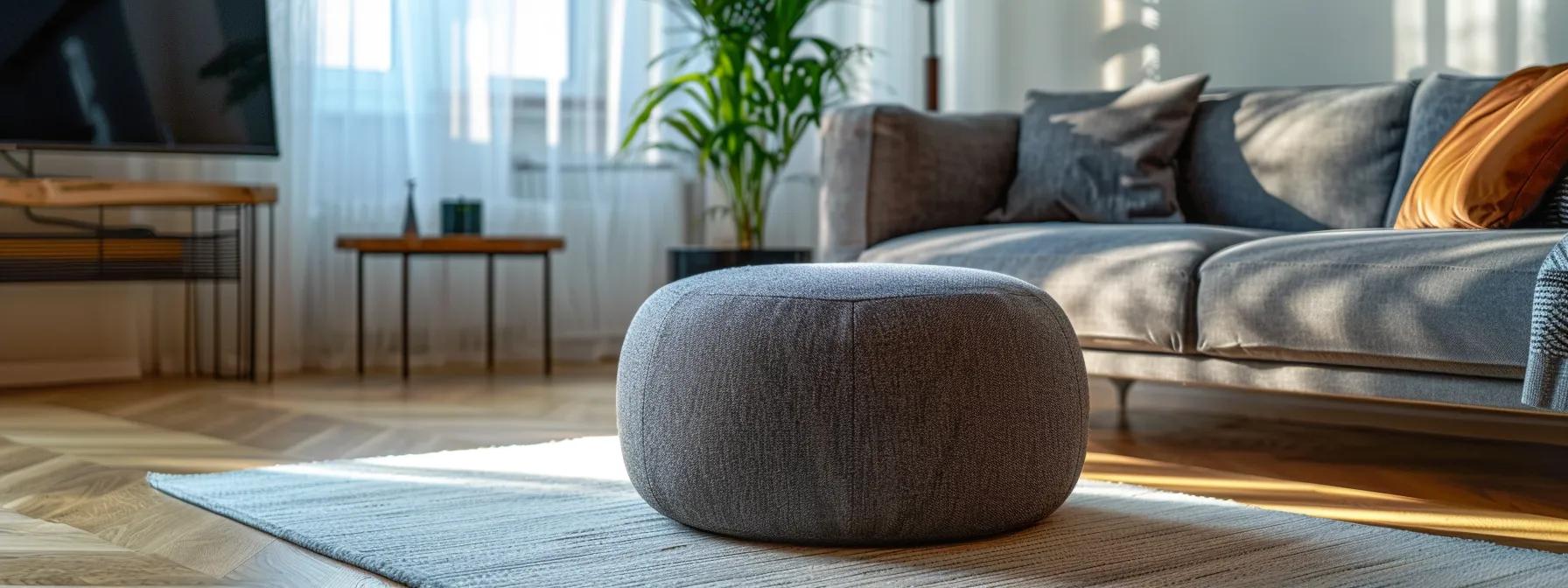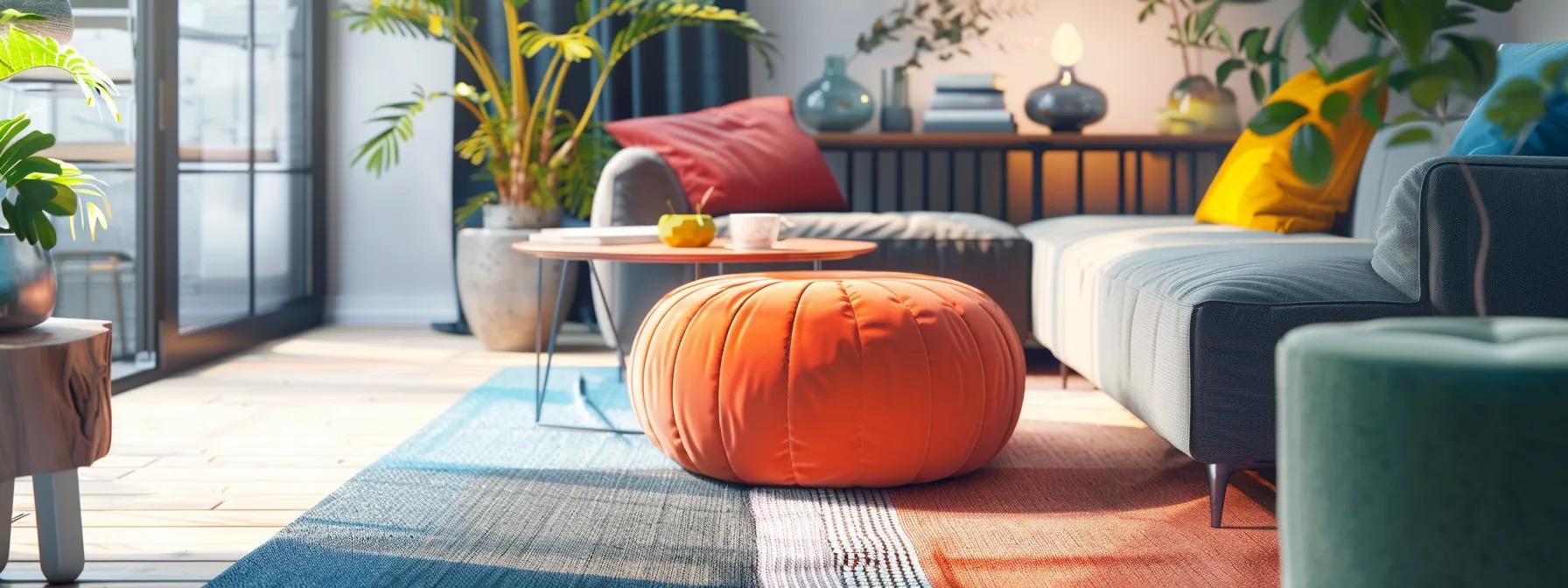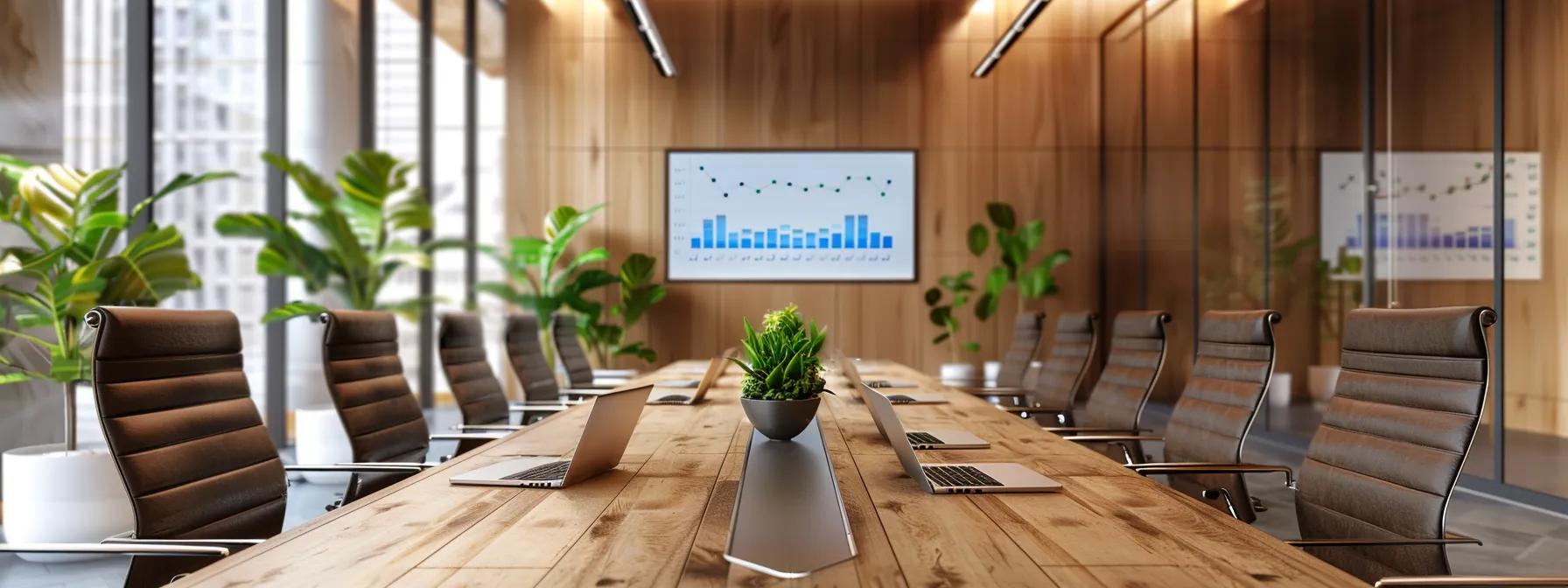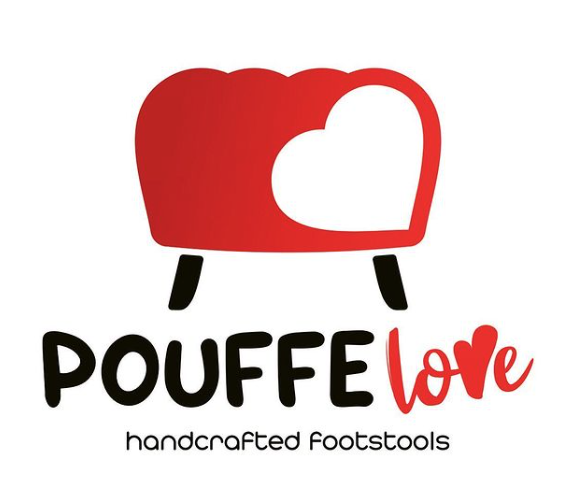Tips for Selecting the Perfect Pouffe for Home Comfort
Finding the right pouffe for your space can be overwhelming with so many styles and functions available. In this guide, I share professional advice as a furniture manufacture adviser to help you choose a pouffe that meets your utility needs while enhancing your living room aesthetics. We will cover how to identify your primary purpose, choose the right size and shape, select ideal materials, decide on a color scheme, assess comfort, and evaluate price points without compromising quality. Let’s begin our journey to discover which pouffe best complements your decor and functional needs.
Identify Your Primary Purpose for the Pouffe in Your Space
Start by determining the pouffe’s role. Ask yourself whether you need an extra seat, a footrest after a long day, or a decorative accent that offers multifunctionality. This decision sets the tone for its design and construction.
Consider Whether It Will Serve as a Seat, Footrest, or Decor
The intended use influences design elements such as height, padding, and stability. For extra seating, seek durable cushioning and solid support. If decoration is the goal, focus on artistic details that turn the pouffe into a sculptural element in your living room.
Evaluate How It Complements Your Current Furniture Style
Your pouffe should integrate smoothly with your interior design—whether modern, minimalist, or traditional. It should harmonize with existing pieces like coffee tables, chairs, and cabinetry, contributing to an overall balanced decor.
Think About Multipurpose Uses for Maximum Functionality
A multifunctional pouffe offers extra value. Look for options featuring hidden storage or convertible surfaces, which can serve as a seat, footrest, and even an occasional coffee table, reducing clutter especially in smaller living rooms.
Choose the Right Size and Shape for Your Available Space

The pouffe’s size and shape are key to fitting your space without overwhelming it. Accurate measurements ensure it serves its intended role while maintaining room flow.
Measure the Area to Ensure Proper Fit Without Crowd
Measure the designated area carefully. A pouffe that is too large may crowd the space, while one too small might be impractical. Ensure there is at least 30–45 centimeters of clearance from walls and adjacent furniture for a balanced look.
Explore Various Pouffe Shapes Like Round, Square, or Rectangular
Pouffes are available in round, square, and rectangular shapes. A round pouffe offers a soft, organic appeal that encourages conversation, whereas square or rectangular forms suggest structure and may offer additional seating or storage features.
Factor in Proportions Relative to Other Furniture Pieces
The pouffe should complement the scale of other furniture in the room. For example, if your coffee table is robust, choose a pouffe of similar proportions. Aligning height, width, and mass helps create a harmonious, inviting environment.
Select the Ideal Material for Comfort and Durability
The material impacts the pouffe’s comfort, appearance, and longevity. A carefully selected material enhances tactile experience and durability.
Compare Fabric Options for Softness and Maintenance Ease
Consider fabrics for texture, insulation, and ease of cleaning. Velvet offers luxury and a rich feel but may require delicate care, while polyester blends provide easier maintenance. Choose based on whether softness or ease of maintenance is more important for your lifestyle.
Examine Synthetic vs. Natural Materials for Longevity
Synthetic fibers like microfiber are durable and stain-resistant, making them cost-effective. Meanwhile, natural materials such as cotton, wool, or linen deliver a timeless, organic look, though they may need more upkeep. Balance aesthetics with durability when making your choice.
Investigate Eco-Friendly Choices to Align With Personal Values
Eco-friendly options, like organic cotton, bamboo blends, or recycled polyester, support sustainable practices. These materials not only benefit the environment but can also add an artisanal character to your pouffe, aligning with modern ethical values.
Decide on a Color Scheme to Enhance Your Decor

The color of your pouffe can instantly change the mood of your room. It should both complement your existing decor and serve as a statement piece if needed.
Utilize Neutral Tones for a Timeless and Versatile Look
Neutral colors like beige, gray, and taupe offer timeless elegance and versatility. They provide a stable foundation that pairs well with bold accents and evolving decor trends, ensuring your pouffe remains relevant over time.
Opt for Bold Colors to Create a Striking Focal Point
For a dramatic accent, consider deep blues, rich reds, or vibrant greens. A boldly colored pouffe can serve as a focal point in a subdued space, energizing the room when coordinated with other dynamic elements like artwork or lighting.
Coordinate With Existing Colors to Achieve a Harmonious Feel
Ensure the pouffe’s color works with your room’s palette. Use design tools to test combinations so that it either seamlessly blends with or thoughtfully contrasts against the dominant tones in your space, tying your decor together.
Assess the Comfort Level of Different Pouffe Styles
Comfort is essential in choosing a pouffe, influencing usability and satisfaction. Assessing this factor ensures the piece meets both ergonomic and aesthetic needs.
Test Various Models for Sitting and Resting Comfort
Whenever possible, try different models to evaluate pad thickness, firmness, and support. A pouffe that is too hard may not offer the necessary cushioning, while one that is overly soft may lack stability. Real-world testing, along with customer reviews, can help you find the right balance.
Look at Supportive Features to Meet Your Needs
Ergonomic contours, anti-slip bases, and reinforced edges can enhance stability and comfort. Additional padding or built-in support structures help maintain shape and provide extra lumbar support, ensuring both comfort and longevity.
Investigate Fill Material for Softness and Stability
The fill material—whether high-density foam, polyester fiberfill, kapok, or wool—directly affects support and softness. High-density foam tends to offer firm support and shape retention, while other fills might provide a softer feel. Choose based on your comfort needs and usage patterns.
Evaluate Price Points Without Compromising Quality

While budget is important, it should not override quality. Evaluating both cost and craftsmanship is key to a wise investment.
Set Your Budget Before Browsing for Better Focus
Establish a clear budget that reflects your overall spending plan for interior decor. This helps in narrowing down options and prevents impulse purchases that may later prove impractical.
Identify Quality Indicators That Justify the Cost
Indicators such as handcrafted stitching, premium upholstery, and robust construction point to a higher-quality product. For example, pouffes made with eco-leather and powder-coated wood usually represent a sound investment compared to cheaper, mass-produced alternatives.
Compare Prices Across Retailers for the Best Deals
Look across multiple retailers and online platforms to compare prices and features. A concise comparison, possibly in a table format, can highlight the value offered by different models. Also, consider any additional costs for delivery, assembly, or custom finishes.
Final Thoughts
Choosing the perfect pouffe involves understanding your specific needs, measuring your space, and balancing style with function. Whether you need extra seating, a decorative accent, or a piece that does it all, this guide provides a clear roadmap. Pay attention to fabric type, color scheme, ergonomic support, and pricing details to ensure your pouffe not only elevates your decor but also offers everyday practicality. With careful consideration, you can transform your living space into a harmonious environment that marries aesthetics with functionality.
Frequently Asked Questions
Q: How do I decide on the best pouffe size for my room? A: Measure your intended space carefully to ensure the pouffe fits well without overcrowding other furniture.
Q: What materials are most durable for everyday use? A: Consider high-density foam fills, eco-leather, and powder-coated wooden bases for their durability and ease of maintenance.
Q: How can a pouffe serve multiple functions in my home? A: Look for multipurpose designs with hidden storage or convertible surfaces that can serve as seating, a footrest, or an occasional coffee table.
Q: Is it important to match the pouffe color with my room decor? A: Yes, coordinating its color with existing elements creates a harmonious and balanced look.
Q: How often should I invest in updating my pouffe? A: A well-made pouffe can last for many years, though evolving trends and personal style might prompt updates periodically.
